Volleyball is an exciting and energetic sport. Most of players wear knee pads for extra protection. However, after some intense matches, it’s only natural that these knee pads become dirty and smelly. Learning how to wash volleyball knee pads is essential to keep them in good condition and prolong their lifespan.
In this article, we’ll be sharing some effective methods for how to wash volleyball knee pads, helping you maintain their usability and freshness. By following our tips, you can ensure that your pads stay fresh and comfortable, so you can stay focused on the game instead!
Understanding Volleyball Knee Pads
As avid volleyball players, we know that wearing knee pads is an essential part of our gear. In this section, we’ll talk about the importance and the components of volleyball knee pads, which will help us better understand how to wash volleyball knee pads later.
In addition to the foam padding, volleyball knee pads usually come with a stretchy fabric covering. This fabric provides a snug fit and keeps the foam in place while ensuring comfort and flexibility during gameplay. Some knee pads also feature moisture-wicking materials that help prevent sweat buildup, keeping athletes comfortable and dry during intense matches.
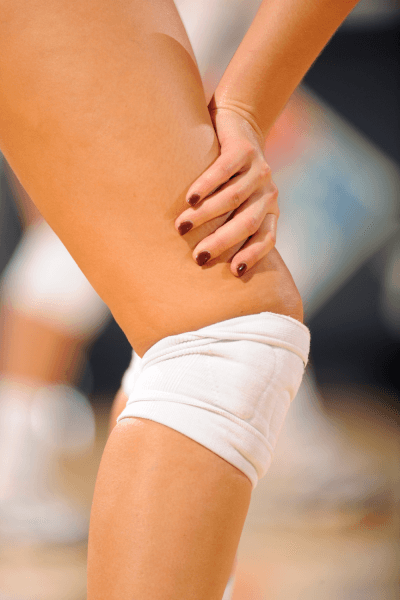
Volleyball knee pads are designed to provide protection and support for athletes while playing. They’re often made from dense foam material that’s capable of absorbing impact from falls and dives on the volleyball court. The foam helps distribute the force evenly across a larger area, reducing the risk of injury to the knees.
Proper care of your volleyball equipment, including knee pads, is crucial for maintaining peak performance and prolonging the life of your gear. Washing knee pads regularly helps prevent odor build-up, bacteria growth and deterioration of the materials. Washing them incorrectly could cause damage or shrinkage.
Preparation for Cleaning
Learning how to wash volleyball knee pads is essential for players who want to maintain their gear in top condition. In this section, we will discuss the steps you should take before beginning the cleaning process.
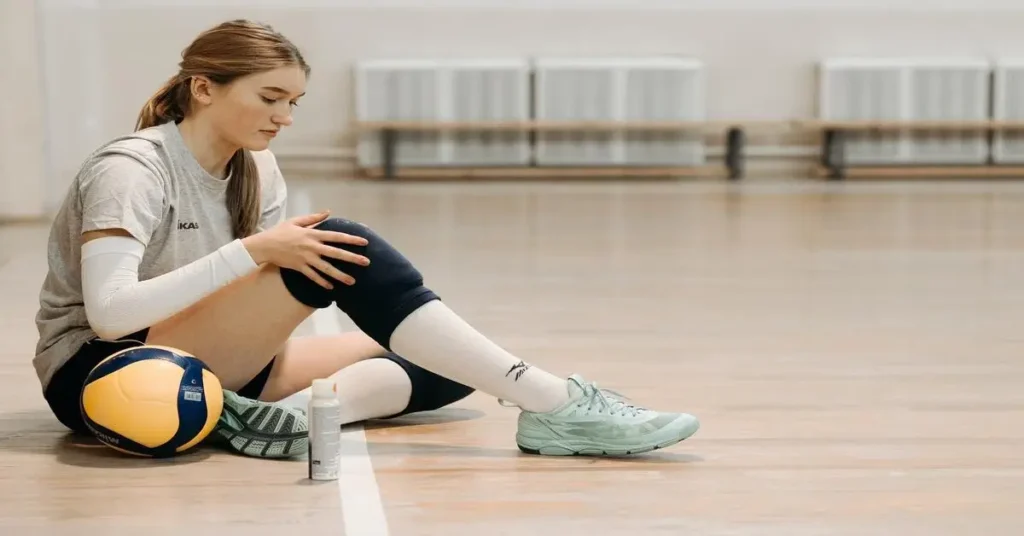
First of all, inspect the knee pads for any visible stains or dirt. If you find any, it’s better to treat the stains before washing knee pads. You can do this by gently rubbing with a damp cloth and a little bit of stain remover on the stained areas. Be sure to follow the instructions on the packaging of the stain remover for the best results.
Secondly, if your knee pads are particularly smelly, it’s crucial to address the odor problem. Smelly knee pads can be caused by a buildup of bacteria, sweat, and dirt. To combat this issue, we recommend using an anti-bacterial soap or detergent when washing knee pads. This will also help to prevent any bacterial growth in the future.
Lastly, don’t forget to gather your cleaning supplies. You will need a large basin or a sink, lukewarm water, anti-bacterial soap or detergent, white vinegar, a soft-bristled brush and clean towels.
We recommend using a mild detergent as it is gentle on the fabric and ensures the longevity of your knee pads. White vinegar helps in removing odors and stains more effectively, making your knee pads smell fresh.
Having everything you need ready before starting will make the cleaning process more manageable and efficient.
Hand Washing Knee Pads
As players on the court, we understand the importance of knowing how to wash volleyball knee pads properly to keep them fresh and ready for the next game. Hand washing is a popular method for cleaning knee pads, as it is gentle and effective in removing dirt and odors.
Begin by submerging your knee pads in the lukewarm water. Add a small amount of mild detergent and a few splashes of white vinegar to the water. Gently agitate the knee pads in the soapy water, ensuring the solution penetrates the fabric and foam padding. Pay special attention to areas where it is heavily soiled or stained.
Next, rinse your knee pads thoroughly under running water to remove any traces of soap and vinegar. Make sure that you squeeze the pads gently to release the soapy water, taking care not to twist or wring them as it may damage the foam padding.
Finally, lay them flat on a clean, dry towel or you can also hang them up using a clothespin or hanger, but avoid placing them under direct sunlight or near a direct heat source, as this can cause them to shrink or become misshapen
Machine Washing Knee Pads
Before you throw your knee pads in the washing machine, make sure to select the right laundry cycle. A gentle cycle is preferred, as it will prevent any potential damage to the pads’ elasticity and longevity. Additionally, always use cold water during the washing process to avoid shrinking or compromising the material.
To ensure an effective and even wash, place your volleyball knee pads in a mesh laundry bag before putting them into the washing machine. The bag will not only protect your pads from abrasion or snagging, but it will also ensure that the laundry detergent reaches every part of the pads, allowing for a thorough and even cleaning.
When choosing a detergent, opt for a mild, fragrance-free, and dye-free laundry detergent. The gentle formula will safeguard the knee pads’ fabric and padding while effectively removing dirt, sweat, and odor.
Another important step is to read the care label on your knee pads. The manufacturer’s care instructions should provide you with guidelines on washing temperature, recommended soap or detergent and any other specific care requirements. Adhering to these recommendations will ensure the best care for your equipment and prolong their usability.
Removing Stains and Odors
One highly recommended solution for tackling stains and odors is using a mixture of vinegar and baking soda. Begin by soaking your knee pads in the vinegar and baking soda solution. The combination of these two ingredients is powerful, as vinegar is excellent for getting rid of lingering smells, and baking soda is a natural stain remover. Allow your knee pads to soak for a while to loosen up the dirt and grime.
After the initial soaking, it’s time to give your volleyball knee pads a gentle wash in either the sink or the washing machine. It is suggested to mix in white vinegar and detergent to further combat any smelly odor trapped within the padding.
In addition to vinegar, you can also use isopropyl alcohol to disinfect your knee pads. Simply dab a soft cloth in isopropyl alcohol and gently rub it on the stained areas of your knee pads. Be sure to use this method sparingly, as excessive alcohol could have a detrimental effect on the materials.
Our personal pro tip when operating with isopropyl alcohol: firstly try it out only on a small part of one pad to see if there is any unwished reaction to the fibers.
Drying Volleyball Knee Pads
Knowing how to wash volleyball knee pads is essential, but it’s equally important to dry them properly.

Air Drying: One of the most effective and gentle methods for drying your volleyball knee pads is air drying. To do this, simply lay them flat on a clean surface in a well-ventilated area, away from direct sunlight, as it could fade the colors or weaken the materials. Flip the knee pads over every couple of hours so that both sides can dry evenly. This method may take a bit longer, but it ensures that your knee pads maintain their shape and padding.
Hanging Up to Dry: Another quick method involves hanging your volleyball knee pads up to dry by their straps. Attach clothespins to the straps and hang them on a clothesline or indoor drying rack in a well-ventilated area. Just like with air drying, avoid direct sunlight exposure.
Using Fans or Ventilation: If you’re in a hurry to dry your volleyball knee pads, placing them in front of a fan or near an open window with good air circulation can speed up the process. This method maintains the benefits of air-drying while reducing drying time.
Using a Dryer: Many players value the convenience of putting their washed knee pads in the dryer. However, this method can have its drawbacks. High heat can damage the padding, reduce elasticity, and even cause shrinkage. Add a couple of clean, dry towels in the dryer to help absorb moisture faster and provide some cushioning for the knee pads.
Maintaining and Storing Volleyball Knee Pads
The frequency of washing depends on the intensity and frequency of your playing sessions. If you play daily, we recommend washing knee pads at least once a week. For those who play less often, every now and then should be fine.
After each playing session, be sure to air out your knee pads. This will help to reduce odors and minimize moisture build-up. Avoid leaving them in your gym bag or stuffed into your sports shoes, as this will promote bacterial growth.
Proper storage is essential for maintaining the longevity and effectiveness of your knee pads. Store them in a cool, dry place away from direct sunlight. It’s best to keep them in an individual storage bag or container to prevent damage and ensure that they stay clean and ready for the next game.
Our opinion on how to wash volleyball knee pads
As passionate volleyball players, we know how important it is to maintain and care for our equipment, and that includes learning how to wash volleyball knee pads. In our experience, keeping them clean and odor-free not only increases their lifespan but also enhances our performance on the court.
While I prefer the old-school method by hand washing Philip prefers to wash volleyball knee pads in a gentle cold cycle in the washing machine with white vinegar and detergent.
If you prefer, you can also soak your knee pads overnight in a mixture of water and gentle cleaner to get rid of deepset odors and stains. Make sure to rinse them well and hang them out to air dry.
Another effective technique we’ve found of how to wash volleyball knee pads is hand washing the knee pads in the sink or shower after games. This simple method prevents odor buildup and keeps our pads looking new. Using mild soap and cool water, gently scrub the pads, rinse them thoroughly, and let them air dry. But honestly we don’t do that very often.
FAQ
Can you machine wash volleyball knee pads?
Yes, you can machine wash volleyball knee pads. It’s important to use a gentle, cold cycle with white vinegar and detergent, as high temperatures and aggressive washing could damage the specialized fibers and shorten their lifespan. Be sure to follow the manufacturer’s instructions for best results.
How do you soak volleyball knee pads?
Soaking your knee pads can effectively remove dirt and bacteria. To soak them, fill a sink or a pail with lukewarm water and add a natural anti-bacterial soap. Place your knee pads in the water and let them soak. Gently scrub them using a soft brush or your hands to clean them thoroughly. Make sure to use gloves to protect your hands.
Can you wash knee guards?
Yes, you can wash knee guards as well. The washing process for knee guards is similar to that of volleyball knee pads. Use a gentle, cold cycle in the washing machine or hand wash them using lukewarm water and a mild soap. Always follow the manufacturer’s washing instructions to maintain their quality and effectiveness.
Why do my knee pads smell so bad?
The primary reason your knee pads smell bad is due to the growth of microorganisms. When you sweat during physical activity, your knee pads absorb the moisture. This damp environment becomes a breeding ground for bacteria and fungi, which can produce foul odors as they multiply and break down the sweat.
What is your opinion on how to wash volleyball knee pads? How often do you wash yours? What is your favourite way of getting your knee pads clean again? Let us know in the comments!
We hope you found some interesting facts about how to wash volleyball knee pads. If you want to dive deeper into the topic and want to get a better overview about knee pads for volleyball then explore our article about this topic here.




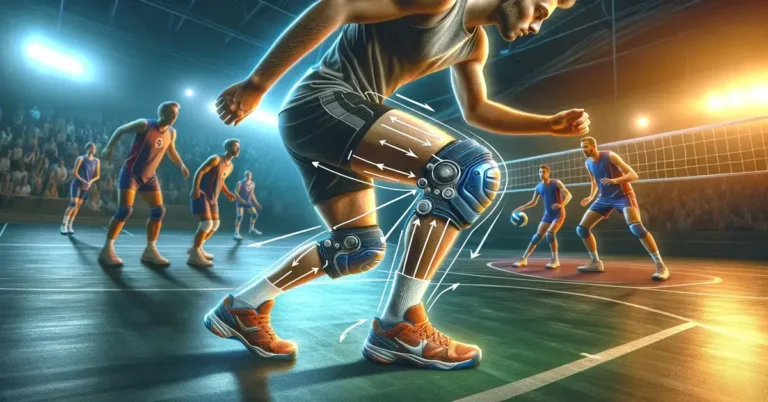
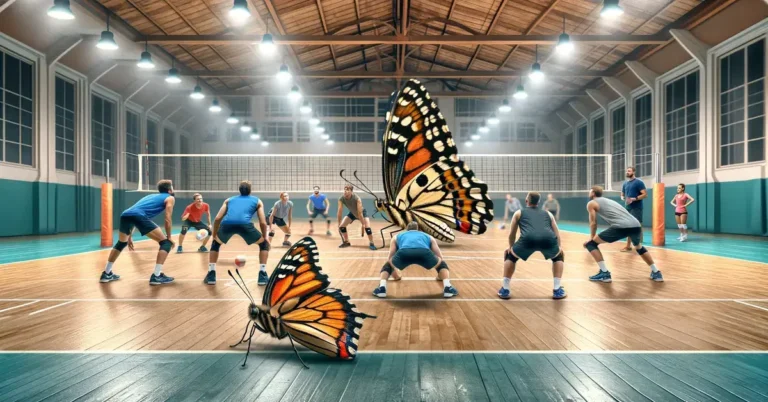
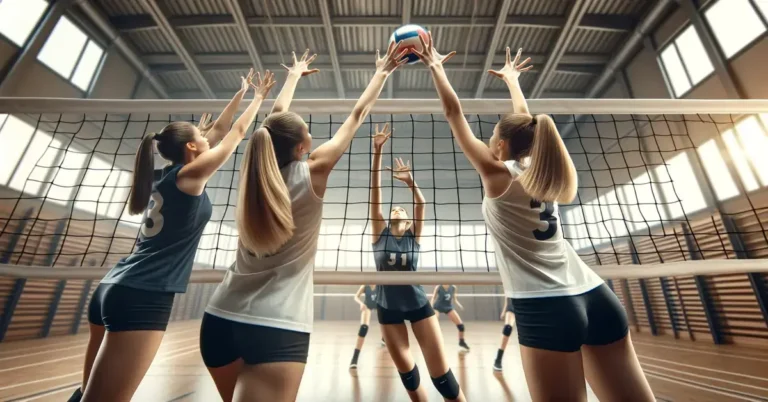
Thanks for sharing. I read many of your blog posts, cool, your blog is very good.